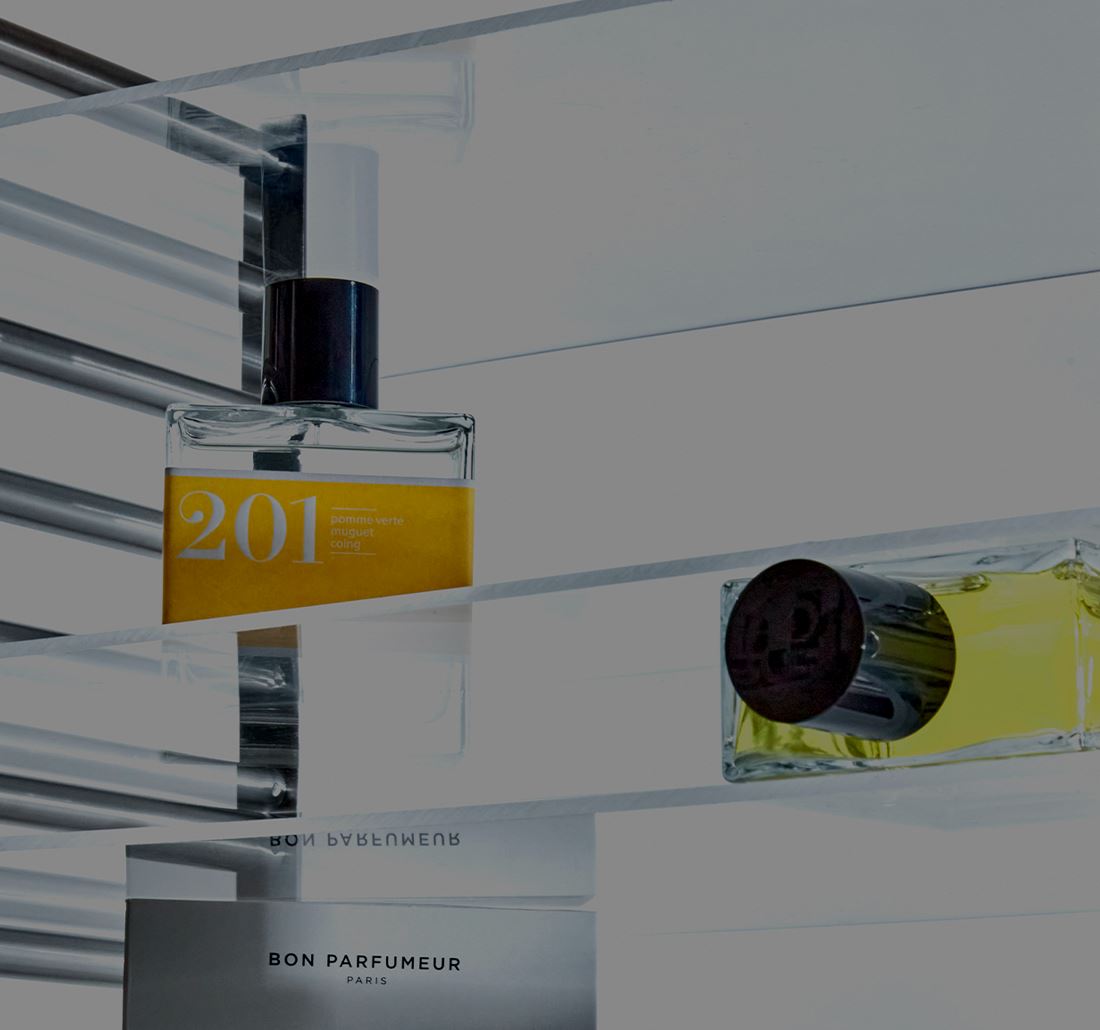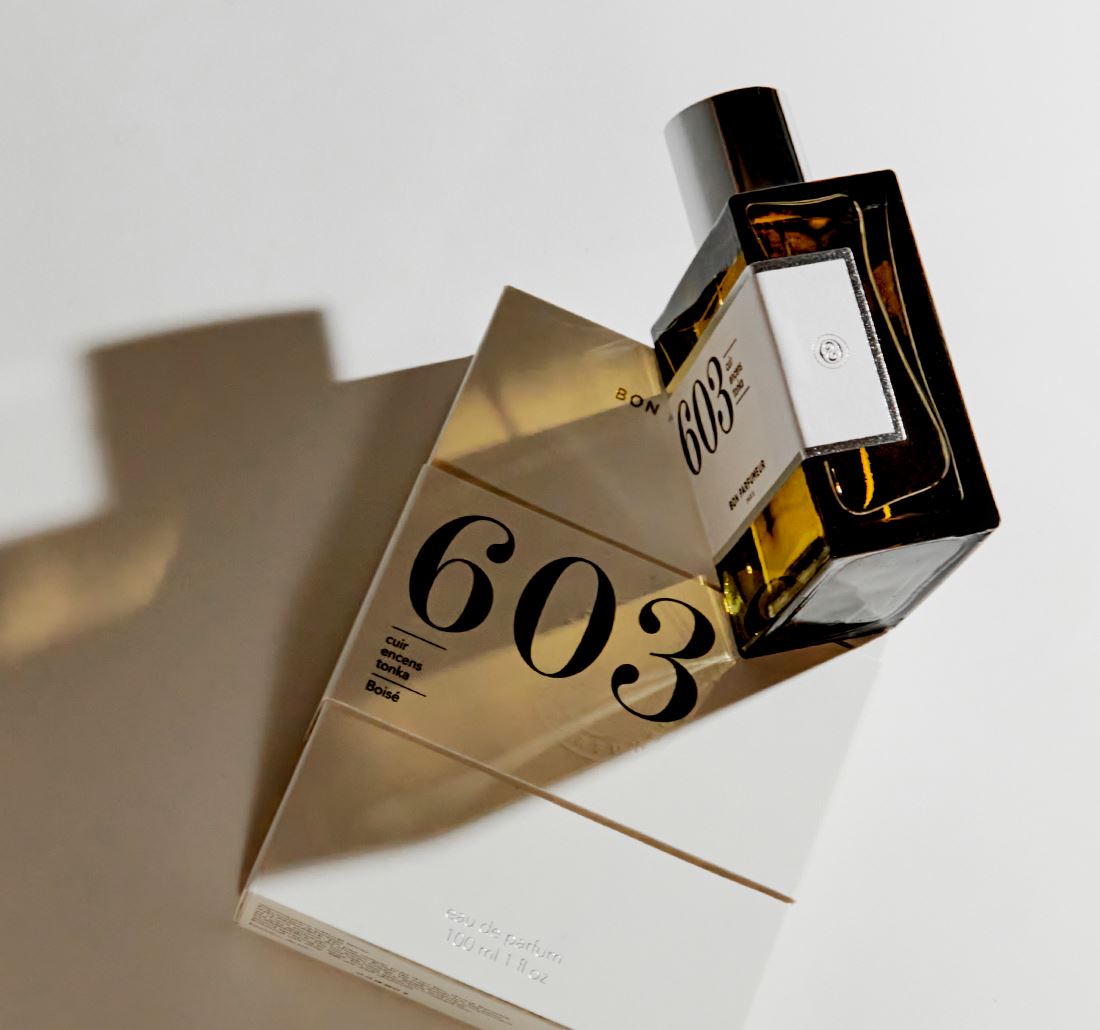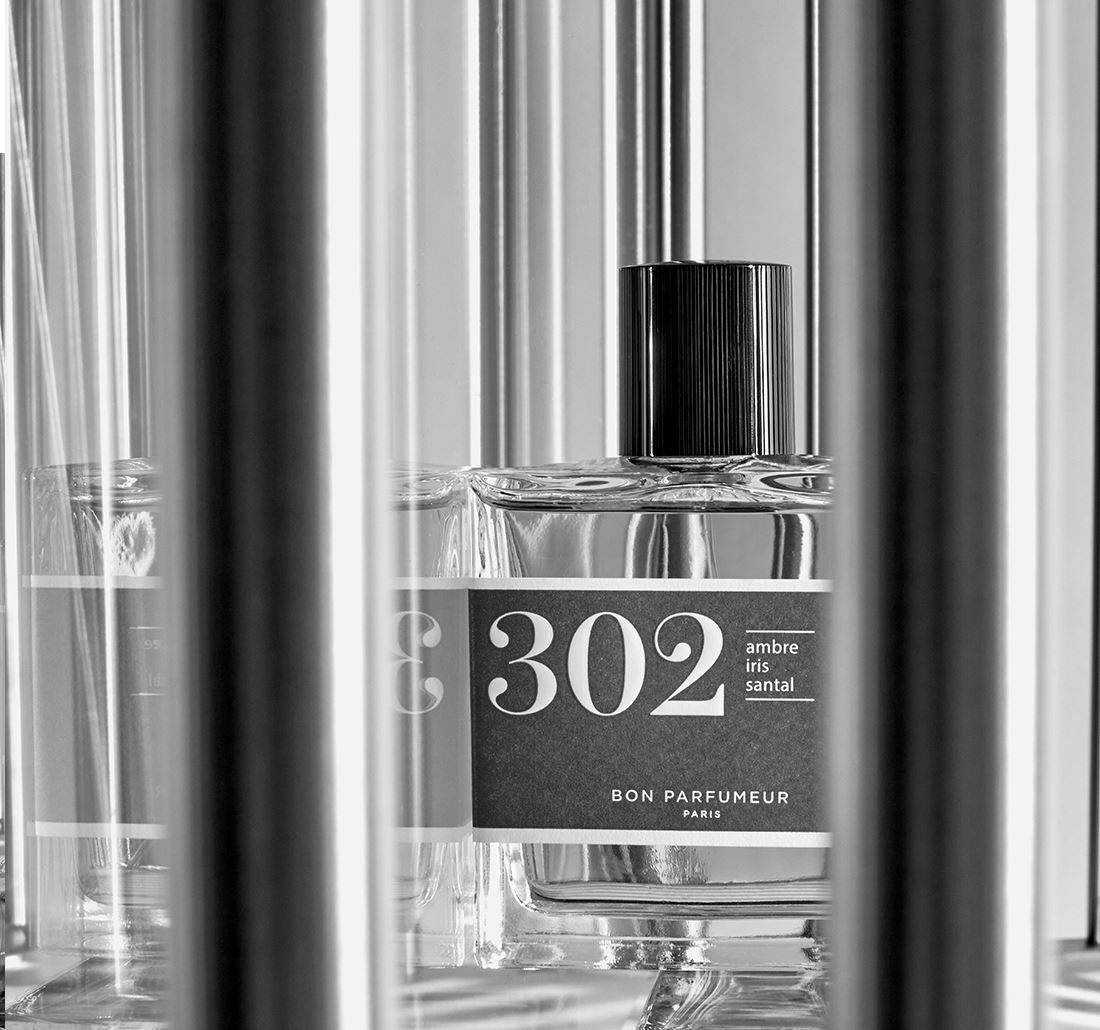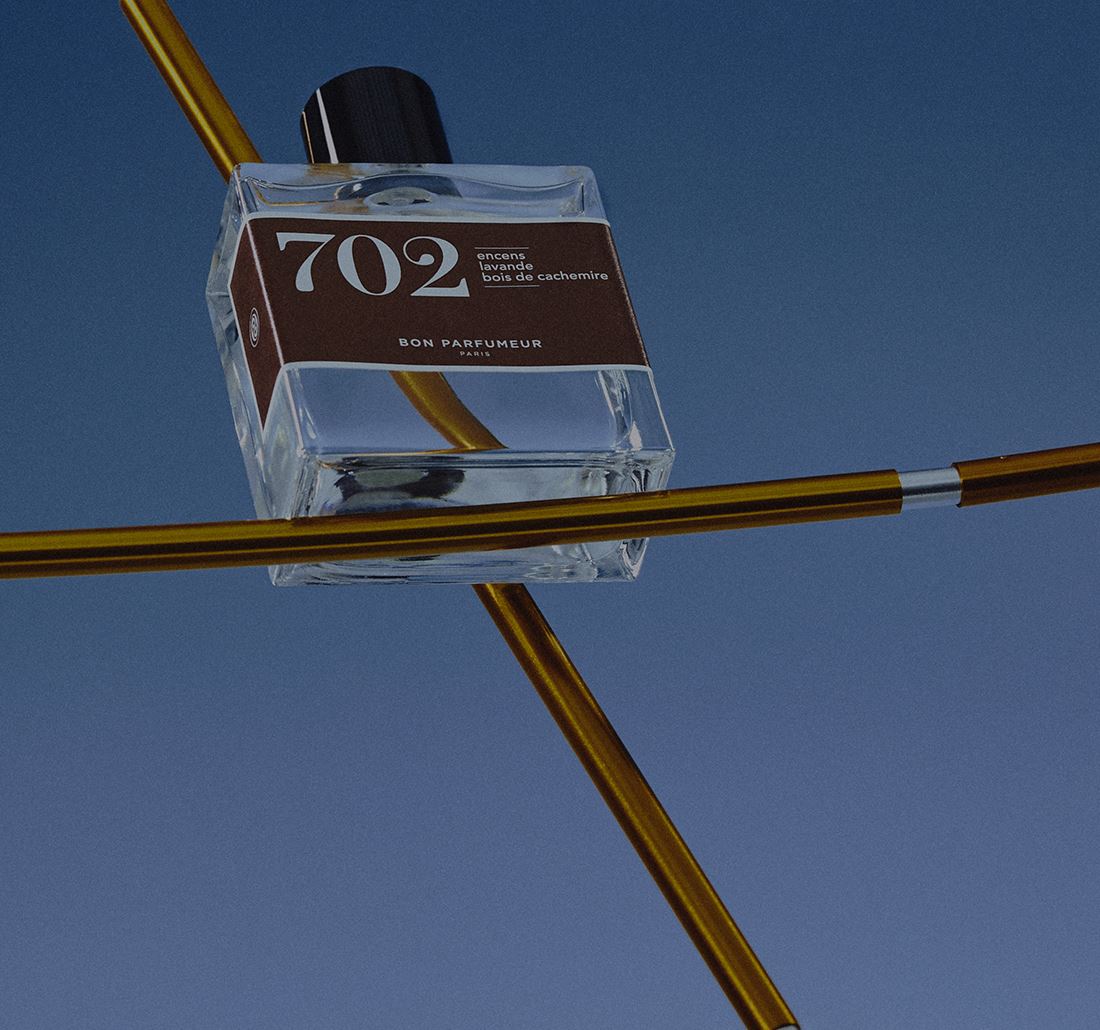SUMMARY
01. What is distillation?
02. How much does a still produce?
03. What is extraction?
04. What are the different stages of extraction?
05. How are plant extracts used?
06. Synthetic perfumes in a few words
Perfume making is a complex art. There are different ways to make a perfume , but for it to be successful, attention to detail is essential at every stage. To achieve this, our perfumers work with quality products from around the world.
What is distillation?
This perfume-making technique requires advanced knowledge and specific equipment. The still is a steel tank topped with a serpentine pipe. It is essential and allows the elements placed in its tank to be heated in a controlled manner with water. The tank, when heated, is pressurized, this allows the steam to pass into the serpentine pipe. This steam carries the fragrant molecules of the plants in the tank with it, it then condenses in the pipe to give, upon cooling, the scented water of the plant and the essential oil which is then recovered by decantation.
How much does a still produce?
It all depends on its size, of course! We measure the volume of plants placed in the tank, then we add between 5 and 10 times this same volume of water to the tank. The distillation time varies according to the temperature required for the operation and the size of the still. The type of plants used also varies the distillation time. Note: the quantity of essential oil harvested is infinitely smaller than the quantity of plants used for its production. On average, it is estimated that 200 kg of lavender is needed to make 1 kg of lavender essential oil, 3,000 kg of rose petals for 1 kg of rose essential oil , which is why these products are so precious.
What is extraction?
Extraction is a technique for extracting raw materials. It involves infusing plants in a mixture of solvent and water at high temperatures. Commonly used solvents are ethanol, methanol, benzene , or carbon dioxide. Previously, oil was used, but solvents allow for production with fewer drawbacks. Furthermore, after evaporation, they have completely disappeared from the final product. Each type of plant pairs well with a specific solvent. For example, CO2 is used for plants or berries, which offer more subtle notes with this type of extraction. It is also used for spices to obtain a clearer, more delicate scent. CO2 is a natural and environmentally friendly solvent. With it, plants are not heated unnecessarily, which allows them not to alter their olfactory qualities.
What are the different stages of extraction?
The technique of making perfume by extraction requires several steps. First, the plants must be heated with their mixture of solvent and water, the vapor that is then produced gives way to a wax. This product is called "concrete." It must then be mixed with alcohol, heated again, and then cooled. This process eliminates the slightly oily paste of the "concrete" to obtain what is called "Absolute." To recover the essences of citrus fruits, cold expression is used.
How are plant extracts used?
Essential oils obtained by distillation are generally used as top notes in perfumes, except for woods, which are usually used as base notes. These are the scents that we smell first, such as orange blossom in our 001 perfume , or bergamot, extracted by expression in our 601 perfume . For "absolutes," they are generally found in the base notes. This is the scent that will remain on the skin the longest.
Synthetic perfumes in a few words
Some fragrances are impossible to extract or distill, such as lily of the valley . To be able to incorporate lily of the valley scents into perfumes, they must therefore be manufactured synthetically. The different scents are then mixed, which creates the scent that our sense of smell recognizes as that of lily of the valley, and which, however, does not come from the flower itself. Conversely, the patchouli cannot be made into synthetic perfume, it always comes from plants. Its olfactory structure is very complex, it is impossible to recreate such richness in the laboratory.
Perfume making techniques such as enfleurage , Softact , or the Nature Prints differ from each other, but they all offer the possibility of creating original scents by combining the scents of the plants they harvest. Billions of olfactory possibilities are at your disposal.
If you want to discover how to make your own Eau de Toilette , how to make cologne or the creation of custom perfumes , you will find all the information you are looking for in our dedicated articles. You can also learn more about the concentration of perfumes , the perfume extracts , Eau de senteur or on how to make your own perfume by reading our articles.










